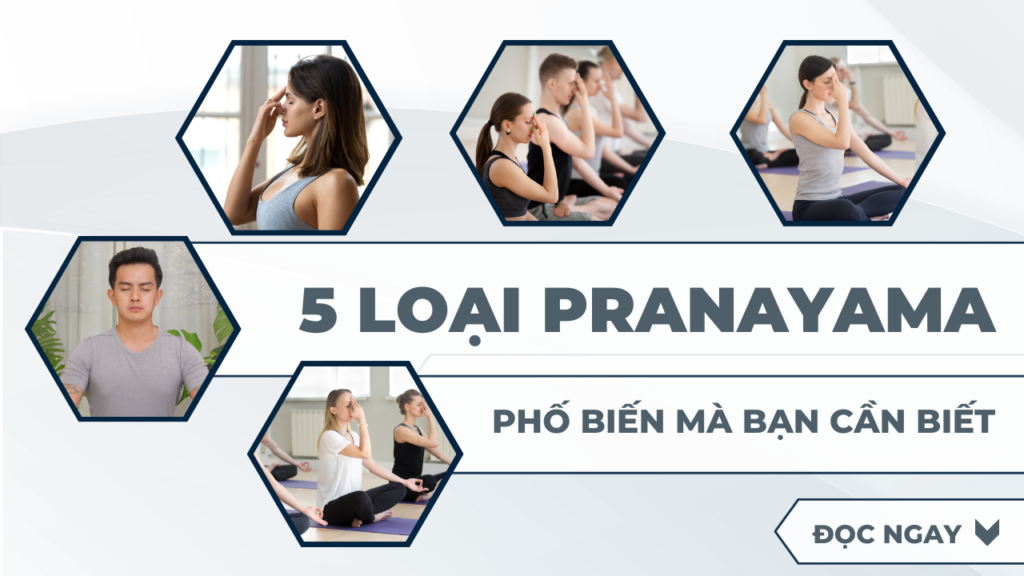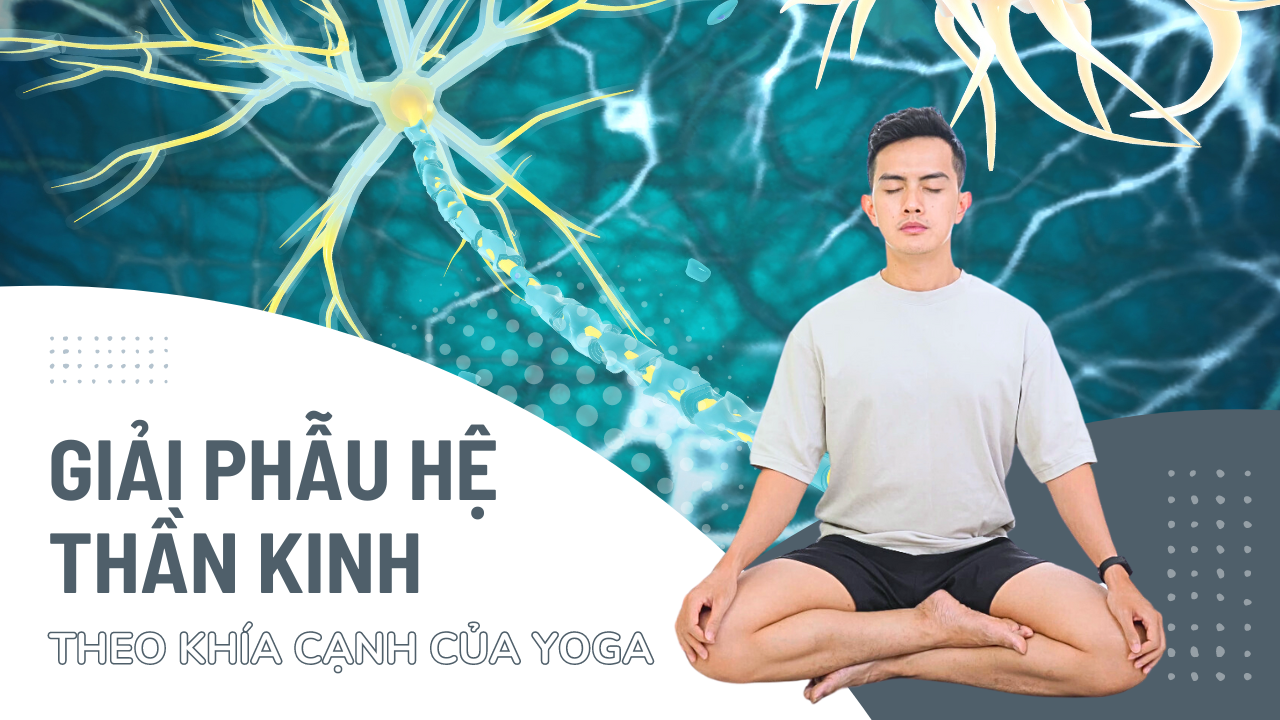Pranayama is not just normal inhalation and exhalation, but a unique art where we learn to control and balance the amount of prana – life energy – in the body. In this blog, we will explore five popular types of Pranayama, from basic techniques to complex movements, to help you understand and experience the power of breathing.
What is Pranayama?
Pranayama is a yoga breathing control and regulation technique that helps balance energy, relax the mind, and improve health. There are many different types of pranayama, such as alternate breathing, fire breathing, bee breathing, bell breathing, etc. You can practice pranayama before or after performing yoga movements, or while meditating.
Nadi Shodhana
Nadi Shodhana, also known as alternate breathing technique, is a yogic breathing method that aims to balance the flow of energy in the body. The term “Nadi” refers to the subtle energy channels through which prana (life energy) flows. “Shodhana” means cleansing or purity. It is believed that Nadi Shodhana helps cleanse and purify these energy channels, promoting a state of balance and harmony in the body.

Doing:
- Sit comfortably with your knees touching and your spine straight.
- Place your left hand on your thigh, palm facing up. The index and middle fingers are located between the eyebrows.
- Take a few natural breaths to relax.
- Use the right thumb to close the right nostril. Breathe deeply through the left nostril.
- When you reach the peak of your breathing, close your left nostril with your ring finger. Open the right nostril and exhale gently.
- Breathe deeply in through the right nostril. Close the right nostril when breathing reaches its peak.
- Lift your ring finger out of your left nostril and exhale fully.
- Repeat the above process, alternating between nostrils, for about 3 to 5 minutes.
Anuloma Viloma
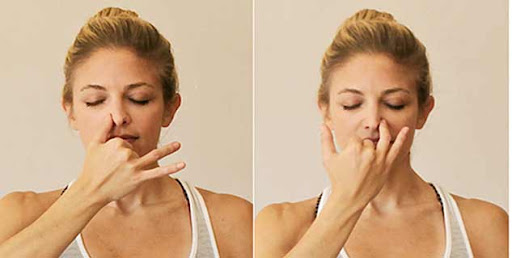
Anuloma Viloma, or alternate breathing in yoga, is a traditional breathing technique originating from India. This is part of pranayama, or the art of controlled breathing, in yoga. The name “Anuloma Viloma” comes from Sanskrit, where “Anuloma” means “following” or “natural,” and “Viloma” means “opposite” or “opposite.”
This method is done by alternating breathing through each nostril. Typically, the practitioner uses their hands to close and open the nostrils, creating opposition in the breathing process. Anuloma Viloma can be combined with breath holding and performed at a slow and controlled pace.
Doing:
- Choose a meditation position. Keep your spine and neck straight and close your eyes. Clear your mind of everything beyond this moment.
- Place the thumb of the right hand on the left nostril and the index and middle fingers on the middle of the eyebrows. Place the ring and pinky fingers on the right nostril.
- Start by holding your right nostril together with your ring and pinky fingers, and inhale deeply through your left nostril. Count from 1 to 4 while inhaling.
- Then, hold both nostrils and hold your breath for 16 seconds. If you feel uncomfortable, you can reduce the time to 8 or 4 seconds.
- Next, open the right nostril and exhale slowly through the right nostril. Count from 1 to 8 while exhaling.
- Then, inhale through the right nostril for 4 seconds, hold both nostrils and hold the breath for 16 seconds, and exhale through the left nostril for 8 seconds. This is a complete cycle.
- Repeat this cycle 5 to 10 times, depending on your ability. Finish by breathing normally and feel the difference in your body and mind.
Ujjayi
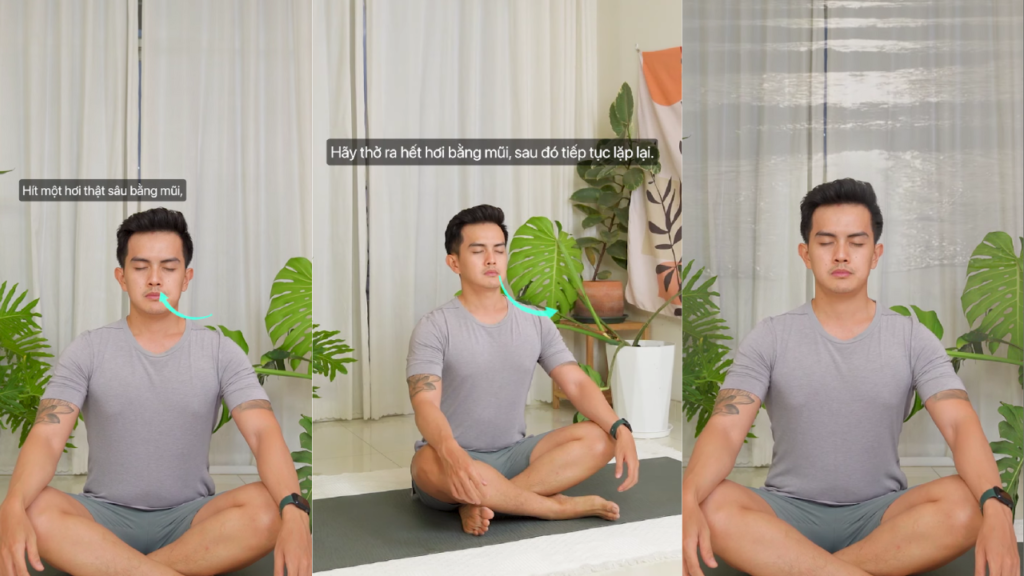
Ujjayi, also known as ocean wave breathing, is a wonderful and simple Yoga breathing exercise with many benefits for the body and mind. This breathing exercise helps relax the nervous system, aids in reducing stress, reducing symptoms of anxiety in the mind, and feelings of restlessness in the body. It can be considered a natural sedative therapy. In addition, this breathing exercise also helps increase concentration, supports lung health as well as warms and increases blood circulation.
Doing:
- To do this breathing exercise, sit in a comfortable position, keep your spine straight and relax your shoulders. Close your eyes slightly to increase concentration.
- Take a deep breath through your nose, and when you exhale, squeeze and gently contract the nasopharynx, creating a gentle sound like ocean waves. Exhale completely through your nose, then repeat.
- You can start practicing this breathing exercise for 2-3 minutes and then gradually increase over time as you get used to it.
- Note that when doing this breathing exercise, avoid straining and forcing your breath too hard or squeezing and contracting your nasopharynx too strongly, it can cause pain and discomfort in your neck area. Squeeze and contract your nasopharynx gently, enough so that you can comfortably exhale and make the sound of ocean waves.
- If you feel uncomfortable or dizzy while doing this breathing exercise, stop and consult with your teacher.
Kapalabhati
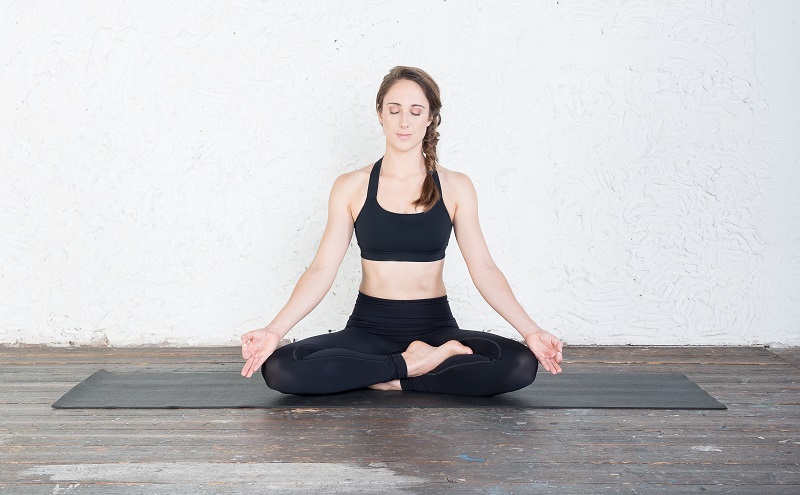
Kapalabhati in Yoga is a technique of breathing quickly and strongly through both noses, helping to clean and purify the respiratory system, increase blood circulation, reduce stress, and improve digestive function. However, you should consult a yoga expert or instructor before starting to practice, as this technique may not be suitable for some people, such as those with heart disease, high blood pressure, or pregnancy. .
Doing:
- Sit comfortably in a meditation position. Keep your spine and neck straight and close your eyes. Clear your mind of everything beyond this moment.
- Place the thumb of the right hand on the left nostril and the index and middle fingers on the middle of the eyebrows. Place the ring and pinky fingers on the right nostril.
- Start by holding your right nostril together with your ring and pinky fingers, and inhale deeply through your left nostril. Count from 1 to 4 while inhaling.
- Then, hold both nostrils and hold your breath for 16 seconds. If you feel uncomfortable, you can reduce the time to 8 or 4 seconds.
- Next, open the right nostril and exhale slowly through the right nostril. Count from 1 to 8 while exhaling.
- Then, inhale through the right nostril for 4 seconds, hold both nostrils and hold the breath for 16 seconds, and exhale through the left nostril for 8 seconds. This is a complete cycle.
- Repeat this cycle 5 to 10 times, depending on your ability. Finish by breathing normally and feel the difference in your body and mind.
Bhastrika
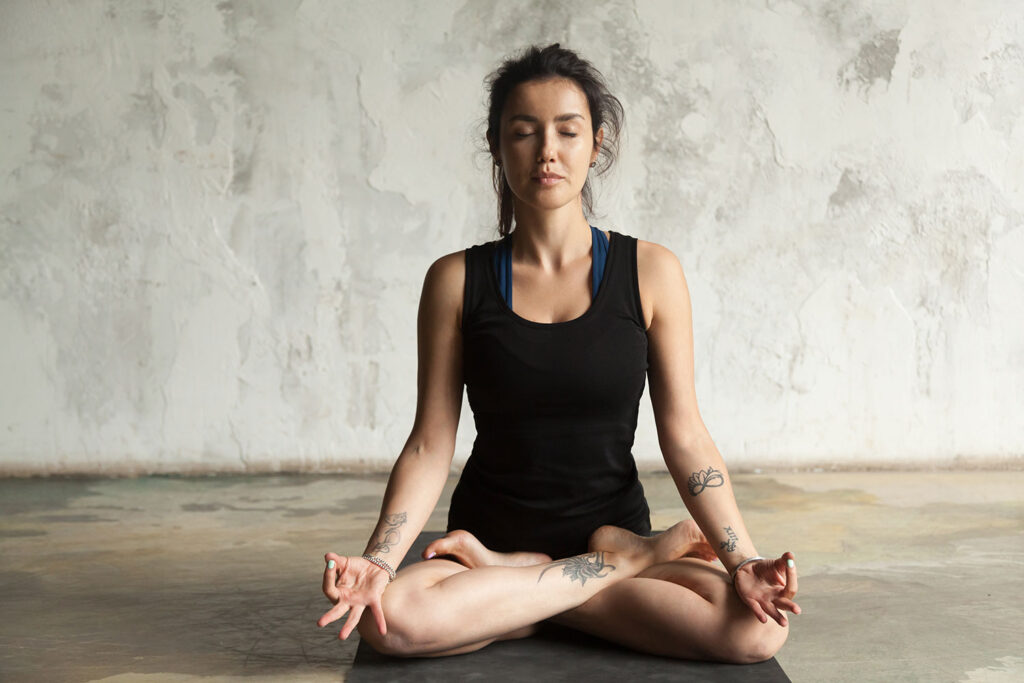
Bhastrika also known as “Breath of Fire” or “Bellows Breath,” is one of the famous breathing techniques in yoga and pranayama. Bhastrika helps strengthen the respiratory system, provides energy and increases alertness. Here's how to do Bhastrika:
- Sit in a comfortable position with your knees touching the ground and your spine straight.
- Bring your gaze forward or close your eyes if you feel comfortable. Keep your neck and back straight.
- Start with a few deep, natural breaths to relax your body and mind.
- Breathe deeply through your nose to bring air into your lungs, then quickly exhale forcefully through your nose.
- Make quick and continuous inhales and exhales, making a sound that resembles a “ha” (not a “cough”).
- Start with a small frequency, perhaps about 20 to 30 inhalations and exhalations per minute. Gradually increase frequency according to your comfort and experience.
- When you finish, take a few deep, natural breaths to feel the change in your body and mind.
Nguyen hopes that the above sharing will be effective and useful in your process of learning Pranayama. Besides, there are also many articles about health and Yoga at Nguyen's blog, especially the channel Nguyen's Youtube There are many other useful exercises and movements, please follow and look forward to Nguyen!

